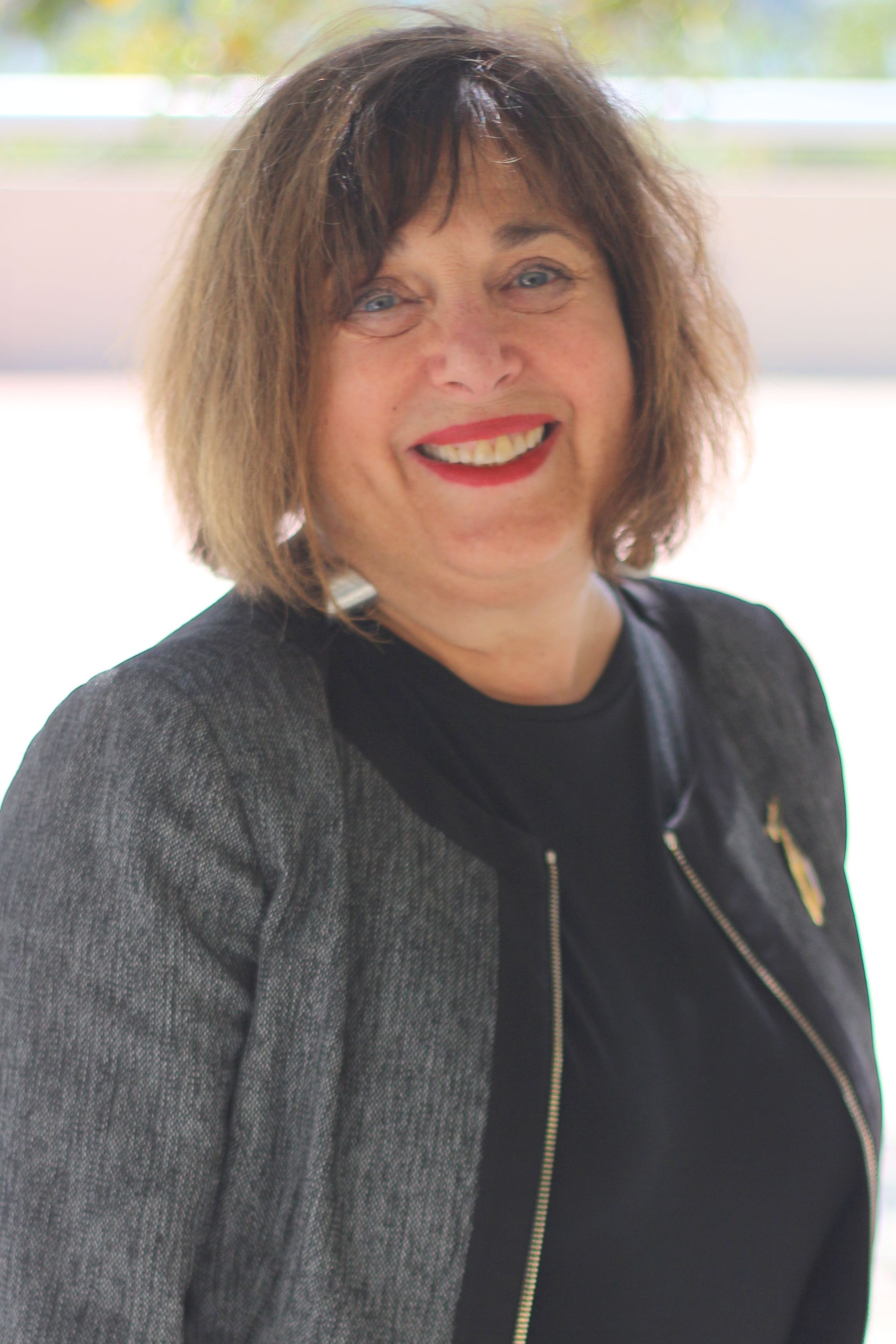Publication
Article
Psychiatric Times
Letter to a Foreign Psychiatrist
Author(s):
All psychiatry, anywhere in the world, is American psychiatry. This is both good and bad.

I write to you as an American who was once not an American. Of course, all Americans, at one time, were not Americans, but there is still a prototype: the Christian American of European descent. I’m not in that majority, so I write to you as something of an American, but also as a non-American.
You ask me what I would advise a young psychiatrist beginning a career in another country? I would first bring to your attention what you already know: the world has one great power-America. This country is not just a military power; it is a cultural force. In psychiatry, it has taken over almost every country at least as effectively as its political forces vanquished Soviet communism.
All psychiatry, anywhere in the world, is American psychiatry. This is both bad and good.
First the bad. DSM is a primary source of American domination of world psychiatry. It may not have been meant to be so: it is, after all, the diagnostic system for the American Psychiatric Association. But, as the Soviet Union fell, DSM rose: America’s political triumph translated on all levels, including medicine and psychiatry. The changes of DSM-III in 1980 had become worldwide in their influence by the post–Cold War years of the 1990s.
I went to Quebec about a decade ago. Older French-speaking psychiatrists listened to their “American” visitor politely, and then one of them commented privately to me: “Young man,” he said, “our residents used to read the classic French thinkers: Pinel, Morel, Esquirol. They read Henri Ey’s textbook of psychopathology. Now they only read DSM. Ey’s textbook was 700 pages long; the major illnesses in DSM can be read in 70 pages.” He shook his head in disgust.
Honest American psychiatrists know and admit that DSM, by simplifying psychopathology and diagnosis to a bare minimum of criteria, has ruined a generation of clinicians who haven’t heard of anything not included in the manual and whose knowledge of the manual itself is limited to baldly described criteria. A few years ago, Nancy Andreasen, a force in DSM-III, admitted that phenomenology-the field of careful attention to symptoms, the kind of work Ey exemplified-had literally been killed by DSM-III.1 This is like a cardiologist who can no longer discern heart sounds, or a neurologist unable to use a reflex hammer.
Psychiatry is simple, so simple: like being a Volkswagen mechanic, a New York clinician infamously stating the painful truth.2 This false sense of simplicity hides a complex truth: We have lost the ability to accurately recognize our patients’ signs and symptoms; hence, we routinely misdiagnose, then we mistreat. And throughout the process, we have little clue that we might be wrong. And most of the blame has to do with DSM-III onward: simplistic criteria that are often wrong, partly because they are explicitly non–research-based; and when they might be right, DSM’s baleful influence of being a teaching tool, replacing careful phenomenology, has dumbed down the clinical capacities of my generation.
So, my first suggestion: live beyond DSM. See it as a tool, a fallible tool, a mostly (but not completely) false tool. Look for the few places where it is based on solid research, and build on those parts. But put it aside as a central approach to clinical treatment: there it fails.
That’s the bad; here’s the good. In 1989, I was in Madrid for 4 months working in a psychiatric hospital, the first in that city run by an American health company. The doctors there read the American journals and had begun to prescribe this new-fangled drug called fluoxetine, and they actually considered possible biological causes of mental illness. Other hospitals in Spain mainly used Spanish versions of Freudian and Germanic ideas to “explain” mental conditions; treatments were varied and random. Psychotherapies of dubious efficacy abounded; somatic treatments were old and dangerous: insulin coma therapy was still in use, and I saw ECT given in non-surgical rooms with only brief intravenous benzodiazepine treatment but no muscular blockers or other anesthesia. The seizure happened as the body writhed and the arms and legs shook rhythmically. It might have been good for the brain, but it was terrible for the body. In short, psychiatry in Europe was old-fashioned, non-scientific, and either dangerous or benignly useless.
The strength of European psychiatry is attention to phenomenology: to the careful understanding and description of patients’ experiences. The weakness of European psychiatry is therapeutic randomness. American psychiatry, for all its faults, pays some attention to scientific testing and, for all its overuse of drugs, has some truly effective medications (preeminently, lithium).
The strength of American psychiatry is acceptance (at times) of the verdict of scientific testing and the use of treatments that are sometimes truly effective. The weakness is an extreme “pragmatism” that has produced a nosology based on opinion, enforced by a cultural monopoly of influence.3 This pragmatism has also led to an extreme, shoot-from-the-hip psychopharmacology in which, above all else, one must “do something” that “works” while in reality what one does hardly works.2
Can you combine both? Can you be non-American enough to truly value signs, symptoms, and experiences in a clinically sound nosology, not one based on the economic and social wishes of professional leaders? And can you be American enough to test your ideas scientifically and base your treatments on those scientific tests?
Being foreign can be an advantage. Only an outsider sees assumptions that insiders take to be self-evident. But simple criticism fails. Turn your vision inward, and ask yourself what assumptions your country has and what beliefs your teachers are imposing on you, complacently and without sound basis. Truths are solitary things, and they move away when approached; they are not passed around simply from teacher to student, or from America to the world, like a plate of cookies. Search for truths where no one else is; that’s probably where you’ll find them.
References:
References
1. Andreasen NC. DSM and the death of phenomenology in America: an example of unintended consequences. Schizophr Bull. 2007;33:108-112.
2. Ghaemi SN. Volkswagen psychopharmacology. Psychiatric Times. June 1, 2011. http://www.psychiatrictimes.com/display/article/10168/1870665. Accessed March 1, 2013.
3. Ghaemi SN. Couch-pragmatism. Psychiatric Times. August 18, 2010. http://www.psychiatrictimes.com/mood-disorders/content/article/10168/1642824. Accessed March 1, 2013.






